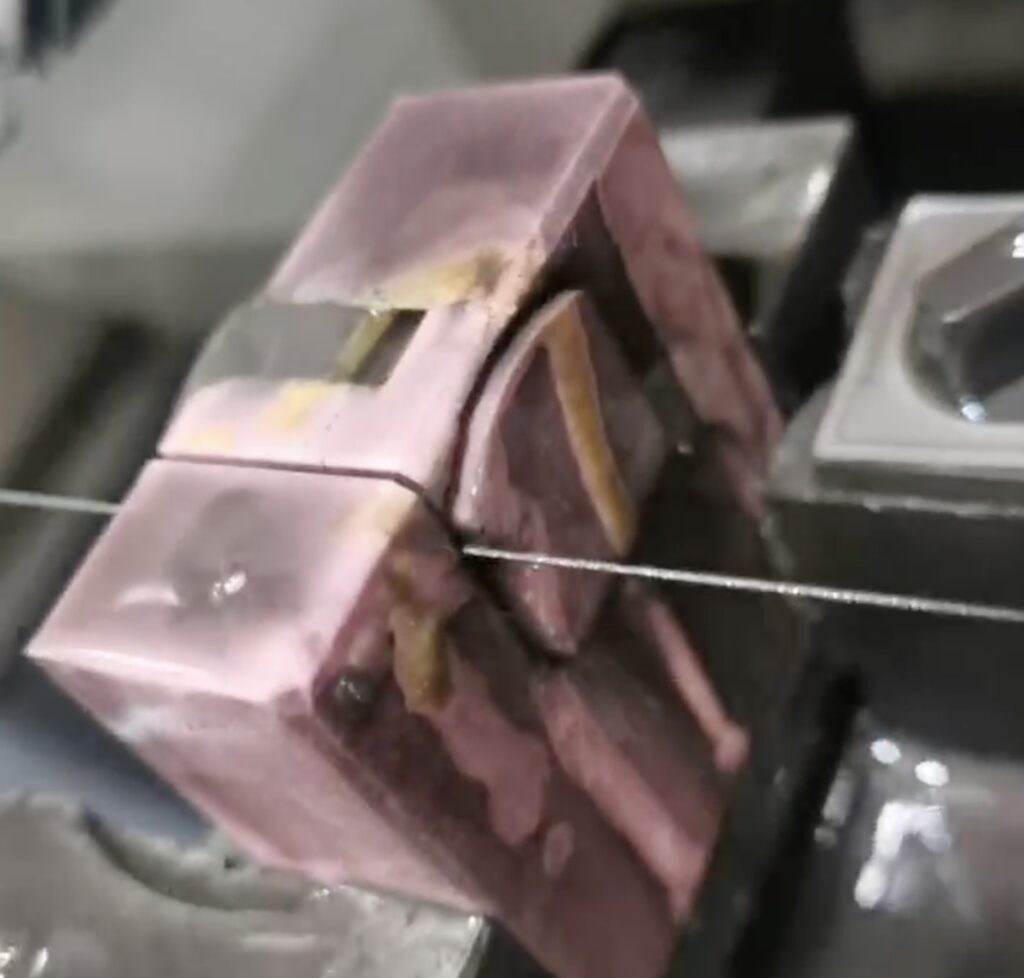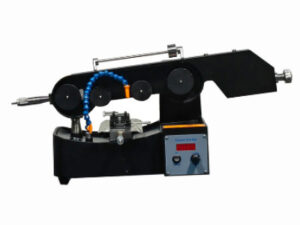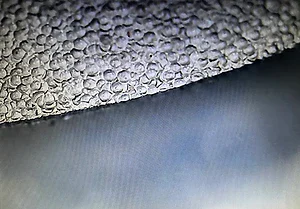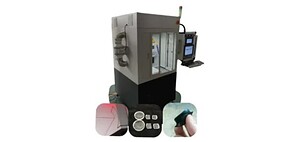導入
Wire cutting applications have become essential across high-tech industries, where manufacturers must process materials that are extremely hard, brittle, and highly valuable. Silicon wafers, sapphire substrates, optical glass, ceramics, and carbon composites all require slicing methods that deliver tight dimensional control while minimizing micro-cracks, thermal impact, and overall material waste. As device architectures become thinner and more advanced, the need for stable, low-damage cutting technologies has intensified. Wire cutting provides a controlled and uniform cutting interface, allowing engineers to achieve consistent slice thickness, improved structural integrity, and better downstream processing performance across a wide range of advanced materials.
Material Removal Mechanics in Wire Cutting
The advantages of wire cutting applications can be better understood from the perspective of material removal mechanics. Hard and brittle materials typically fail through micro-fracture rather than plastic deformation, meaning that excessive mechanical load or thermal accumulation can easily lead to chipping, edge breakage, or subsurface cracks. Diamond wire cutting minimizes these risks by distributing cutting forces across thousands of abrasive particles in continuous motion. This results in lower contact stress, a more uniform cutting path, and significantly reduced damage depth when compared with conventional sawing or abrasive wheels. The ability to maintain low cutting pressure while still achieving high throughput is one of the primary reasons why wire cutting has become the preferred method for advanced material slicing.

Traditional sawing or abrasive tooling often generates excessive heat and produces a wider kerf, making it unsuitable for today’s advanced materials. Wire cutting technology—especially closed-loop diamond wire systems—solves these challenges with precise tension control, minimal heat generation, and excellent surface integrity.

Wire cutting applications continue to expand across semiconductor manufacturing, optical engineering, aerospace materials, and composite fabrication, enabling both high-volume production and specialized R&D environments.
Semiconductor Wafer Slicing
Semiconductor production uses materials with exceptional hardness and strict dimensional requirements. Wire cutting applications in this sector focus on slicing:
- Monocrystalline silicon
- Silicon carbide (SiC)
- Gallium nitride (GaN)
- Fused quartz wafers
Why wire cutting is ideal for semiconductor materials
- 最小限のカーフロス reduces raw material cost
- Low thermal load prevents micro-cracks in brittle substrates
- Stable tension maintains consistent wafer thickness
- Suitable for ultra-hard materials such as SiC
Wire cutting is now widely adopted for SiC wafer slicing, a critical material for power electronics and electric vehicle (EV) applications.

Optical Glass and Sapphire
Optical materials require extremely smooth surfaces and precise thickness control due to their roles in imaging devices, sensors, and scientific instruments. Sapphire, in particular, is one of the hardest optical materials and is heavily used in:
- Mobile device lenses
- Protective windows
- LED substrates
- Optical components for aerospace and defense
Benefits in optical and sapphire cutting
- Smooth surfaces with minimal wire marks
- Straight cut paths for both rectangular and circular optics
- Low mechanical stress reduces polishing time
- Compatible with large and small substrates
Wire cutting ensures stability and uniformity even when handling sapphire thicknesses beyond the capability of traditional blades.

Graphite and Carbon Composites
Graphite and carbon composites are widely used in semiconductor fixtures, high-temperature furnace components, aerospace structures, and precision tooling.
Why wire cutting is preferred
- Excellent performance on brittle and porous structures
- Clean edges without delamination
- Capable of handling large graphite blocks
- Supports both wet and dry cutting depending on the material
In many manufacturing environments, diamond wire cutting provides better dimensional repeatability compared with CNC milling or abrasive saws.

Our cutting solutions are detailed on the main industrial page→https://www.endlesswiresaw.com/wire-saws/
Comparison: Wire Cutting vs. Conventional Cutting
| 特徴 | ワイヤー切断技術 | Conventional Sawing |
|---|---|---|
| 切り口幅 | Very narrow | Wide, high waste |
| 発熱 | 低い | 高い |
| Suitable Materials | Ultra-hard, brittle | 限定 |
| 表面品質 | Smooth, minimal marks | Requires heavy polishing |
| Thickness Precision | ±0.03 mm | Lower |
| Material Loss | 最小限 | 高い |
結論
Wire cutting applications play an essential role in high-tech industries where precision, material integrity, and cost efficiency are critical. From semiconductor wafer slicing to sapphire substrates and advanced composite processing, wire cutting provides:
- Low-damage material removal
- Narrow kerf width
- High dimensional accuracy
- 優れた表面仕上げ
As high-performance materials become increasingly central to electronics, optics, and aerospace engineering, wire cutting technology will continue to serve as a foundational process for both industrial production and advanced material R&D.







